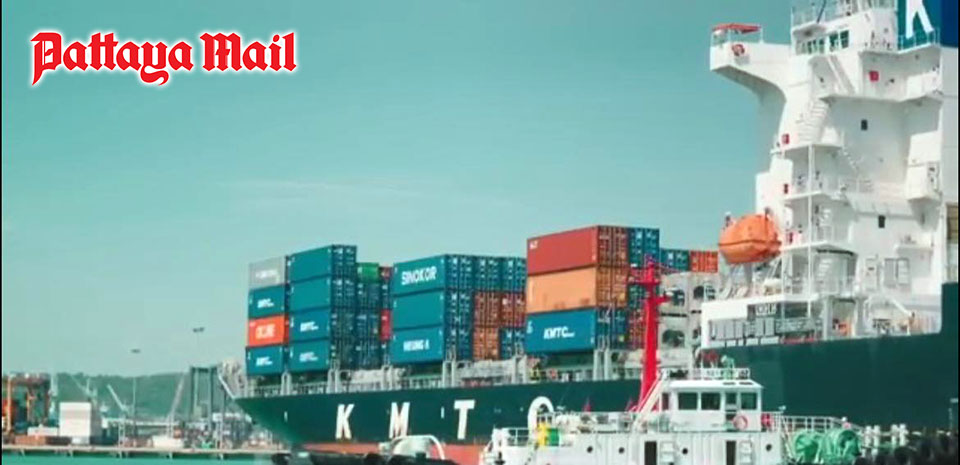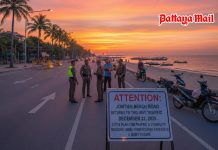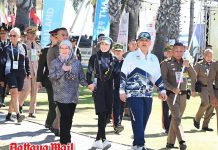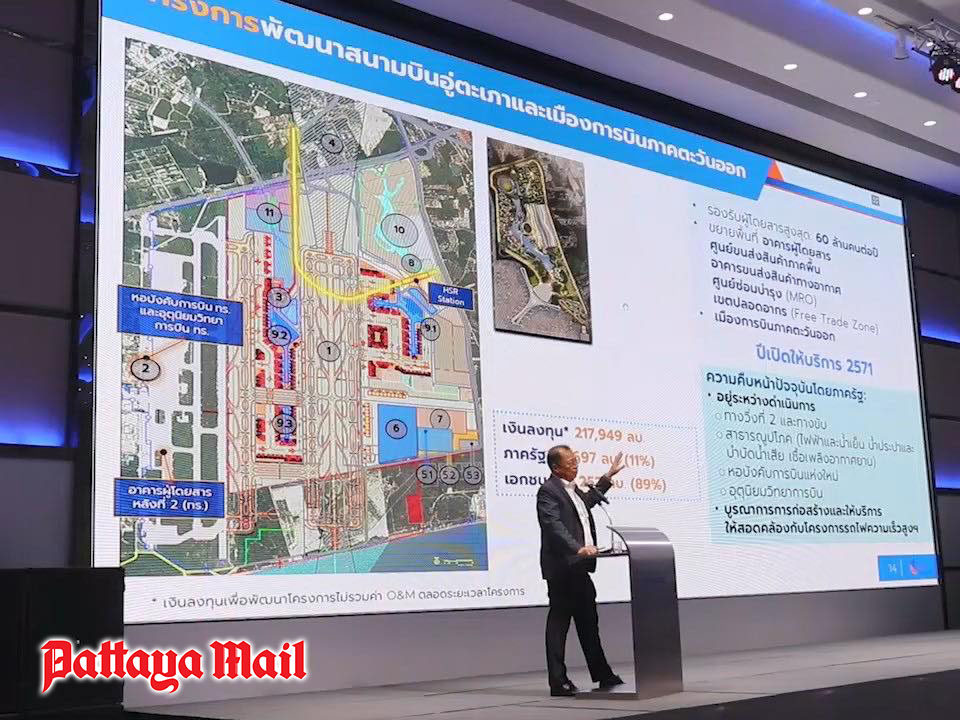
PATTAYA, Thailand – Dr. Chula Sukmanop, Secretary-General of the Eastern Economic Corridor (EEC) Policy Committee, shared an update on the progress of three major logistics projects within the EEC area, including high-speed rail, airports, and ports. He also confirmed that Huai Yai, along Highway 331, is set to be the site of a new EEC city.
Launched in 2017, the EEC initiative aims to further develop the Eastern Seaboard, a region known for over 30 years as the “Eastern Seaboard,” covering three provinces: Rayong, Chonburi, and Chachoengsao. The project is designed to be a model for sustainable regional development, focusing on five main goals:
-To promote modern, environmentally friendly economic activities.
-To provide integrated government services.
-To build efficient infrastructure and utilities.
-To ensure appropriate land use.
-To develop cities that are suitable for living and conducting business.
The EEC focuses on attracting investment in five target industries:
-Medical and healthcare
-Digital technologies
-Modern automotive
-Green economy and circular economy (BCG)
-Services
Regarding the logistics projects, Dr. Chula provided updates on several key developments:
High-Speed Rail Project: The high-speed rail connecting three major airports (Don Mueang, Suvarnabhumi, and U-Tapao) will span 220 kilometers across five provinces, with a top speed of 250 kilometers per hour, reducing travel time to just 60 minutes. Despite delays due to the COVID-19 pandemic and the Russia-Ukraine war, the project is making progress. The State Railway of Thailand (SRT) has completed land transfers for construction, and private contractors are in the process of applying for investment promotion certificates from the BOI. The service is expected to launch in 2029.
Laem Chabang Port Expansion (Phase 3): This expansion will increase the port’s container capacity to 18 million TEUs per year and its automobile handling capacity to 3 million vehicles per year. The project is progressing toward becoming a “green port” and will be integrated with the high-speed rail system. Currently, the infrastructure work, including sand dikes, dredging, and sea wall construction, is in progress, with an overall completion rate of 41.35%. The port is scheduled to open in 2027.
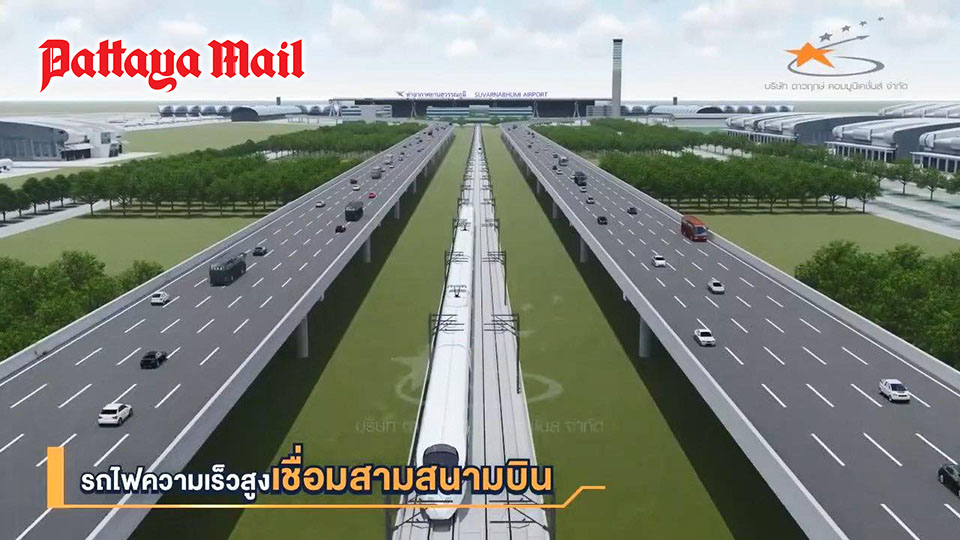
U-Tapao International Airport: The U-Tapao Airport expansion project is aimed at increasing passenger capacity to 60 million people per year, expanding passenger terminals, air cargo facilities, and maintenance (MRO) centers, as well as developing a Free Trade Zone. The second runway, taxiways, and necessary utilities (electricity, chilled water, water supply, and wastewater treatment) are under construction. A new control tower and aviation meteorology center will also be built, aligning with the high-speed rail project’s schedule. The airport is expected to open in 2028.
Dr. Chula also provided details on the development of Huai Yai (Highway 331), the future central hub of the EEC. According to the latest urban development plans, the establishment of a city development company called EEC Holding will manage the EEC Capital City. This will involve local residents participating as shareholders to benefit from the long-term development of the area. The project’s key milestones include:
Late 2025: Construction of external and internal road networks to prepare the area for investment in target industries.
2026: The commencement of land preparation for business development.
2029: The opening of the first phase of the new city.
A National Sports Center will also be developed, possibly featuring a new 80,000-seat stadium. The total project area is 15,000 rai, with 5,795 rai in the initial phase. The land will be allocated for green spaces (30%) and development (70%). The urban zone will include regional government offices, financial centers, advanced medical and research facilities, international educational centers, and residential areas for all income groups.
Dr. Chula emphasized that Chonburi would benefit the most from the EEC development, as the region is set to become the main economic driver in the Eastern Seaboard.
